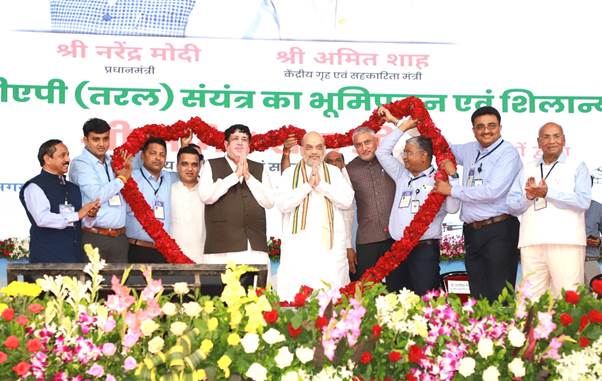Climate change: 50 percent of the waterfalls in the Himalayas have dried up, experts warn – if it does not improve now, it will be too late
The more human intervention in the matter of nature is increasing, the more the series of natural disasters is also increasing. Human intervention, especially in the Himalayan regions, has angered nature to a great extent. Its hallmark has also been seen in the last few months. Whether it is the explosion of storms in the Amarnath cave temple that killed 15 pilgrims or the landslide on June 30 in Nonani, Manipur, in which 56 people were killed in the mouth.
Apart from this, landslides or other disasters have been seen in different areas. Several major roads are currently blocked due to landslides triggered by heavy rains in Jammu and Kashmir, Himachal Pradesh, Uttarakhand and the Northeast. Experts say that the Himalayas are naturally vulnerable to heavy rains, floods and landslides, as there are new mountains that are still rising and are very seismically active.
The danger may increase further
Himanshu Thakkar, coordinator of the South Asia Network on Dams, Rivers and People (SANDRP), said that the risk of natural disasters is increasing due to climate change. He said the danger has increased manifold as incidents of landslides, floods and cloud cover are becoming more devastating. “The fragility of mountains has increased due to unplanned river dams, hydropower projects, highways, mining, deforestation, buildings, irregular tourism and pilgrimage,” he said. Due to this the danger has also increased manifold. “We do not assess the environmental impact honestly, nor do we take into account the carrying capacity of the mountains,” he said. We also do not have a reliable disaster management system for the Himalayas.
Shocking revelations were made in the report of NITI Aayog
Food security in the hills is at risk as agricultural land is affected by landslides, floods and soil erosion. Earlier we had dense forests, which helped water to seep into the ground in the rainy season, which were available in the form of springs after the monsoons. Now the rain water flows away due to the cutting of forests. Therefore, the waterfalls are disappearing. NITI Aayog released a report in August 2018. According to this, about 50 percent of the waterfalls in the Indian Himalayan Region (IHR) are drying up. The report stated that there are about five million waterfalls across India, of which about three million are in the Indian Himalayan region alone. The report states that more than 200 million people in India depend on the waterfalls.

INDIANNAVYPARTICIPATESINBILATERALNAVALMARITIMEPARTNERSHIPEXERCISEWITHUAENAVYQ0L1.jpeg)






